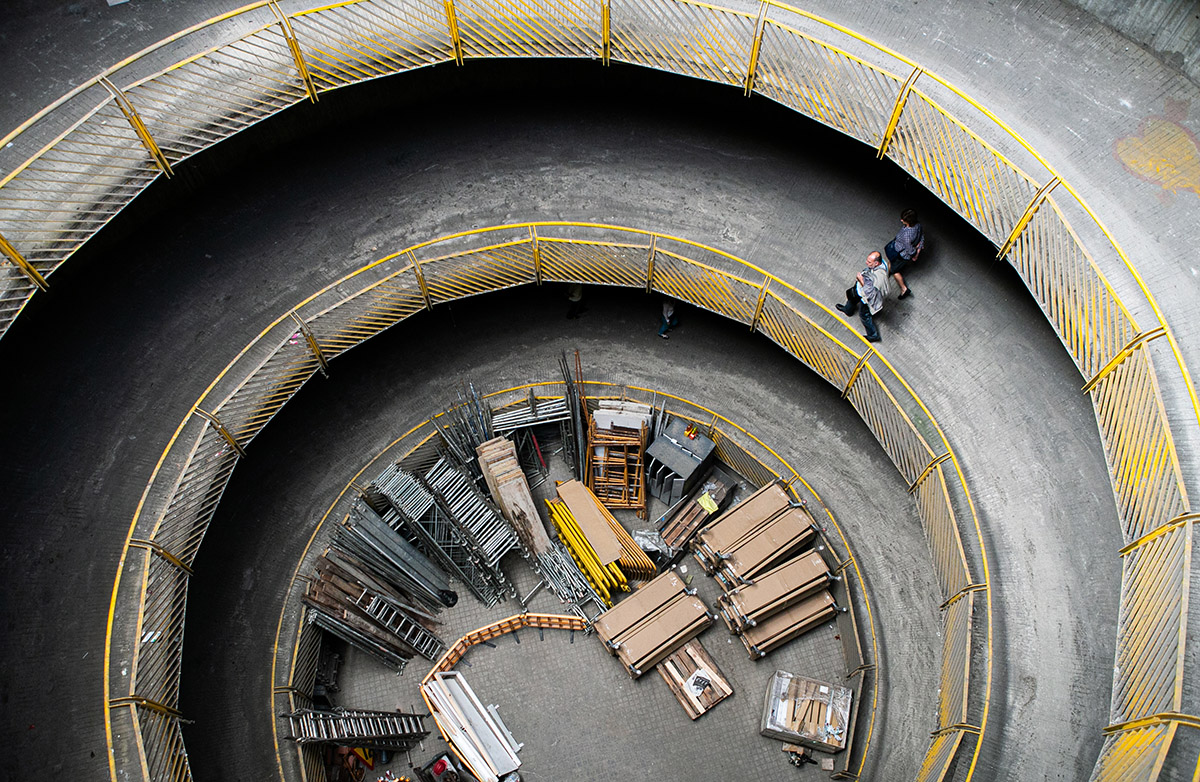Becoming.
Architectures for
a planet in transition
Becoming explores spatial practices that foster the appropriation and transformation of our inhabited environments —both human and more-than-human, individual and collective— by investigating the potential of time as a design tool. Rejecting the notion of tabula rasa, it is rooted in a deep awareness of pre-existing physical and cultural landscapes, curating transitions through material, political, ecological, and poetic interrelations. In an effort to move beyond the depletion of capitalist-driven paradigms, Becoming poses challenges that suggest alternative prospects: six thematic research lines frame these explorations, inviting open-ended, intersecting investigations into what it means to design for a world in transition.
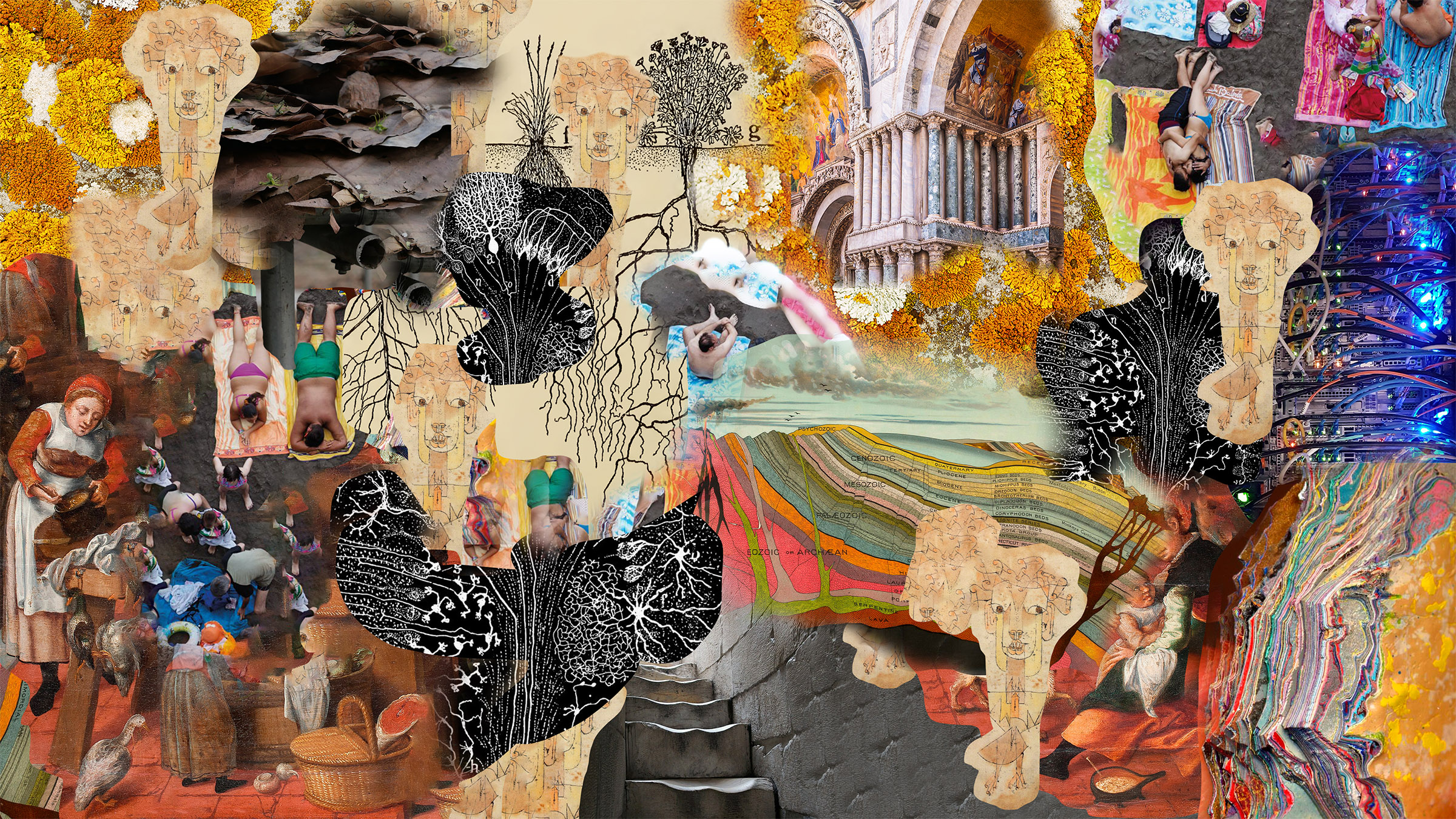;)
Becoming More-than-human Attuned Embodied Interdependent Hyper-conscious Circular
Becoming More-than-human
How can architecture embrace ecological coexistence?
The construction of inhabited environments in centuries past has been based on an anthropocentric approach that establishes humans as the sole agents in shaping the built environment, neglecting the agency of other living and non-living beings. This view arises from a dichotomy in Western thought that portrays nature as external and culture as human-centric. This hierarchy has justified environmental exploitation, particularly after the Industrial Revolution, leading to a precarious state referred to by some as the Capitalocene. At this point, environmental conservativism, based on an idealised natural past, would only aggravate this disjunction. Becoming More-than-human calls to reimagine environments as complex, hybrid ecosystems for a multiplicity of species, with the emphasis on symbiosis and cooperation. This requires for an understanding of caregiving that extends beyond humans, advocating adaptive resilience in order to foster enhanced processes of transformation.
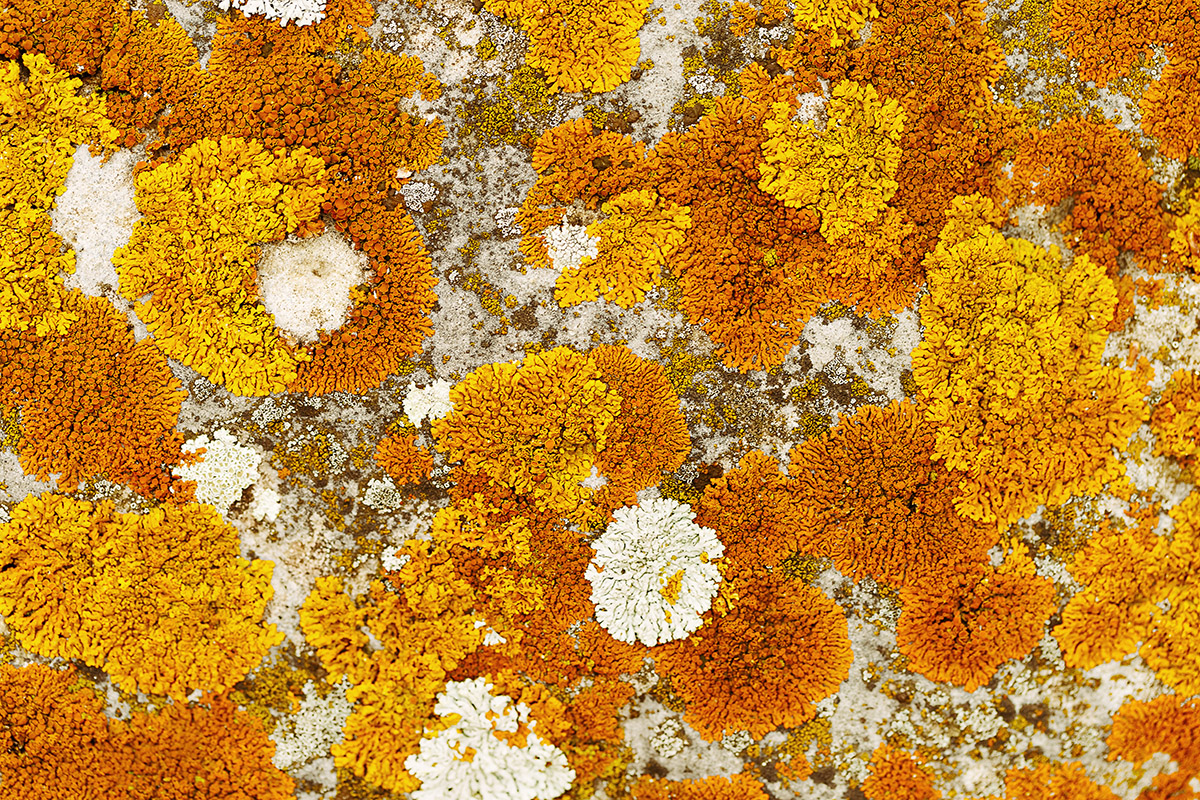
Becoming Attuned
What forms of meanings and poetics can we engage with our everyday practice?
The traditional aesthetic paradigm, grounded in Western-centred perspectives and entrenched notions of beauty, seems increasingly limited in dealing with the complex challenges posed by today’s rapidly changing world. The poetics of becoming recognise the fluidity and contingency of architecture: no longer fixed, it is subject to negotiation and exchange. This position advocates for alternative paradigms, calling for a shift from passive observation to active engagement in specific, diverse contexts that interrelate a multiplicity of beings. It fosters a process of attunement that guides us to listen, not just to physical landscapes but also to the stories it tells, the needs it expresses, and the cultures it embodies. The perception of our manifold preexisting realities may be attuned, in order to curate the meaning of our actions in spatial practice. Becoming Attuned claims an approach guided by empathy and desire, to acknowledge usually dismissed values: sensitivities that embrace uncertainty, the ordinary, mundane accidentality, physical and digital phenomena, and unexpected pleasures and delights.
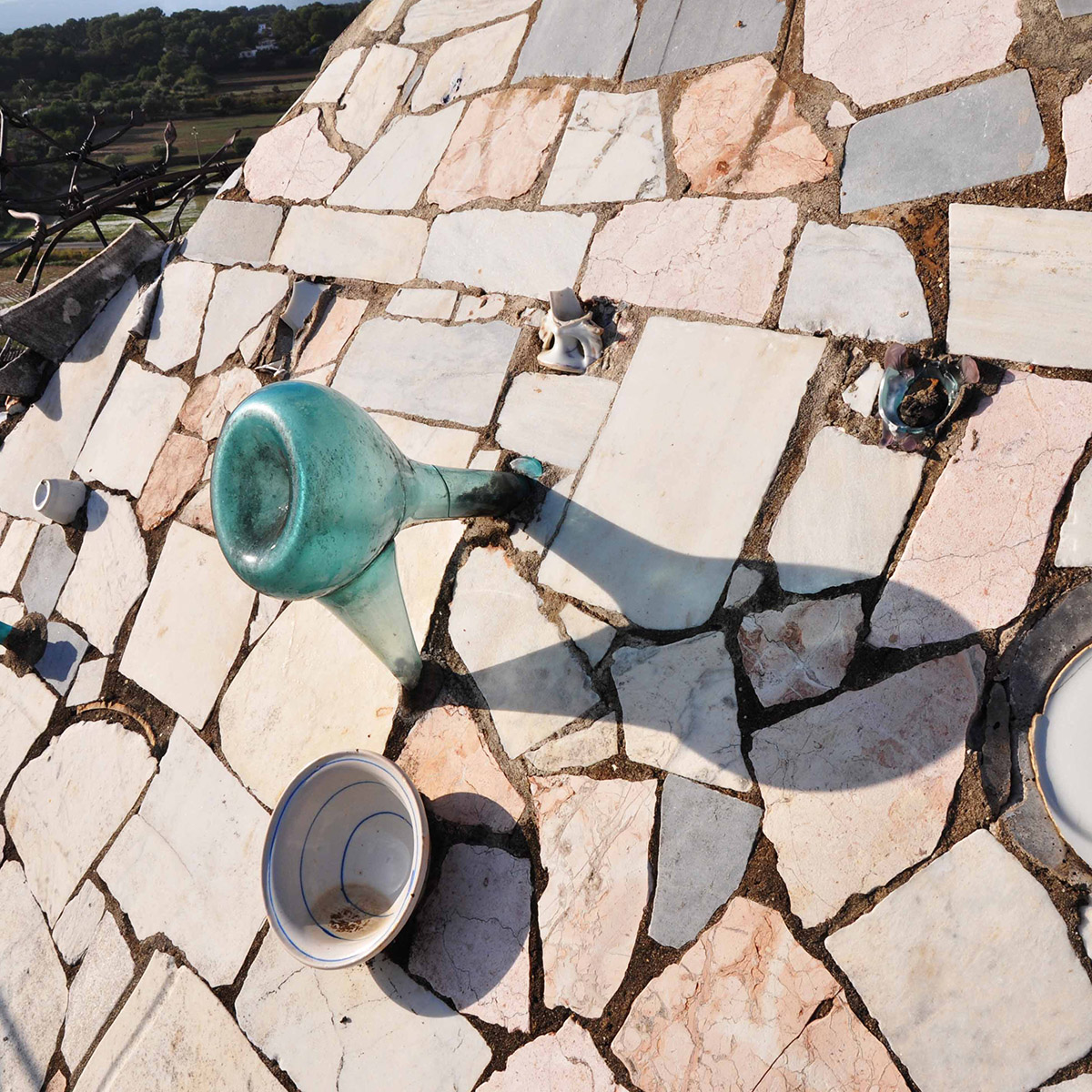
©Roger Miralles, 2022
Becoming Embodied
How can values be embedded in the transition from matter to construction?
A deeper, rawer, more realistic notion of the material world, with its multiple conflicts and fortunes, opens up a fertile ground of material embodiment. Becoming Embodied aims to explore the agency of materials by incorporating political, economic, ecological, and poetic relationships inherent to contemporary spatial practice and its technologies of construction. The way in which we extract, process, transport, use and reuse flows and exchanges of matter may be embedded in our commitment for social equity, gender perspective, decolonization, decarbonization, and energy transition. At the same time, this material transit can reveal the potential of alternative tectonic approaches: everyday gestures of beautiful, unexpected poetics of construction to curate intensified coexistence. These material and spatial transitions spring from a deep awareness of becoming: rather than perceiving the built environment as homogeneous in time, we intend to emphasize their stratification and adaptability, enhancing their varying longevity and agency, in shaping our cities and territories.
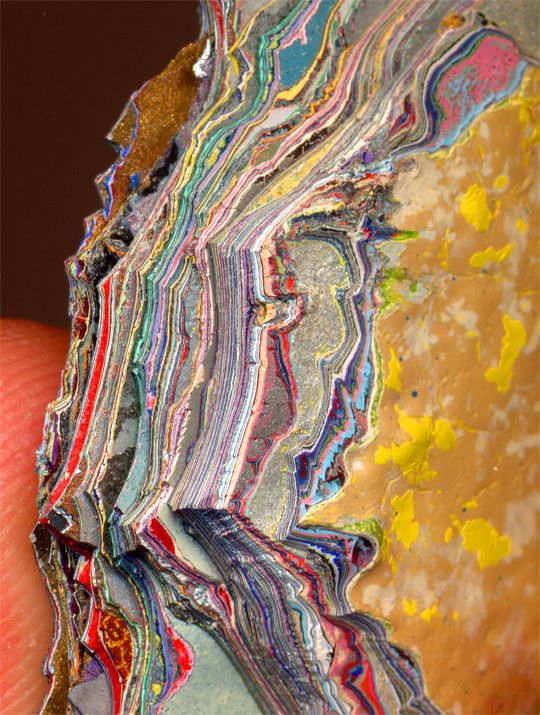
© Cassidy Curtis
Becoming Interdependent
How can we design politics of space that activate interpersonal relationships?
Far from being neutral, space can be either a tool of institutionalized violence or a catalyst for social empowerment. Architecture has historically played a pivotal role in constructing spatial regimes that reinforce regulatory bodies, perpetuating social asymmetries and exclusion. Becoming Interdependent re-evaluates traditional notions of space and labor, recognizing the increasingly blurred boundaries between productive and reproductive spheres, moving away from regulatory constructs, and embracing diversity and complexity. We claim to recognize interconnected dependencies and advocate for collective rights to appropriate spaces and shape environments that foster care and collaboration over time. Conflict, conversation and negotiation entwined with empathy, solidarity and care appear as necessary daily situations of interaction at multiple scales. In the context of the climate emergency, unrestrained capitalistic patterns of exploitation, and rising politics of oppression, these attitudes intend to design more feminist, decolonial, non-normative, non-anthropocentric, and careful worlds of commons.
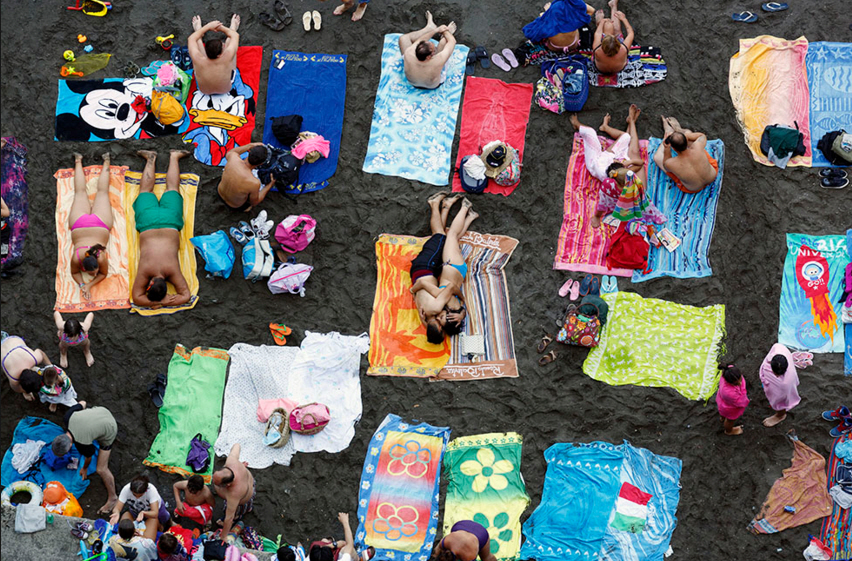
Becoming Hyper-conscious
What actions can arise from a deeper awareness of global and local interplays?
In our daily lives we consciously or unconsciously transverse a vast array of networks of interrelations. They are so big and implacable that we can’t barely see them. These phenomena operate at a higher level of awareness, escaping usual perception, yet crucially conditioning human and nonhuman life. Baconian scientific reasoning, based on objectified facts and linear certainty, limits our capacity to understand them. A new planetary contract depends on our capacity to become extremely aware, or hyper-conscious, of planetary matters of concern: the climate crisis, loss of biodiversity, capitalistic abuse, the accumulation of legislation, and worldwide phenomena like the internet and algorithmic rule in the form of AI, among other huge entities. These concerns present challenges at a global scale with severe local, everyday impact that we must be able to understand in depth. Becoming Hyper-conscious calls for a deeper, immanent awareness —beyond data accumulation and critical description— empowering us to projectively and carefully transform our worlds.
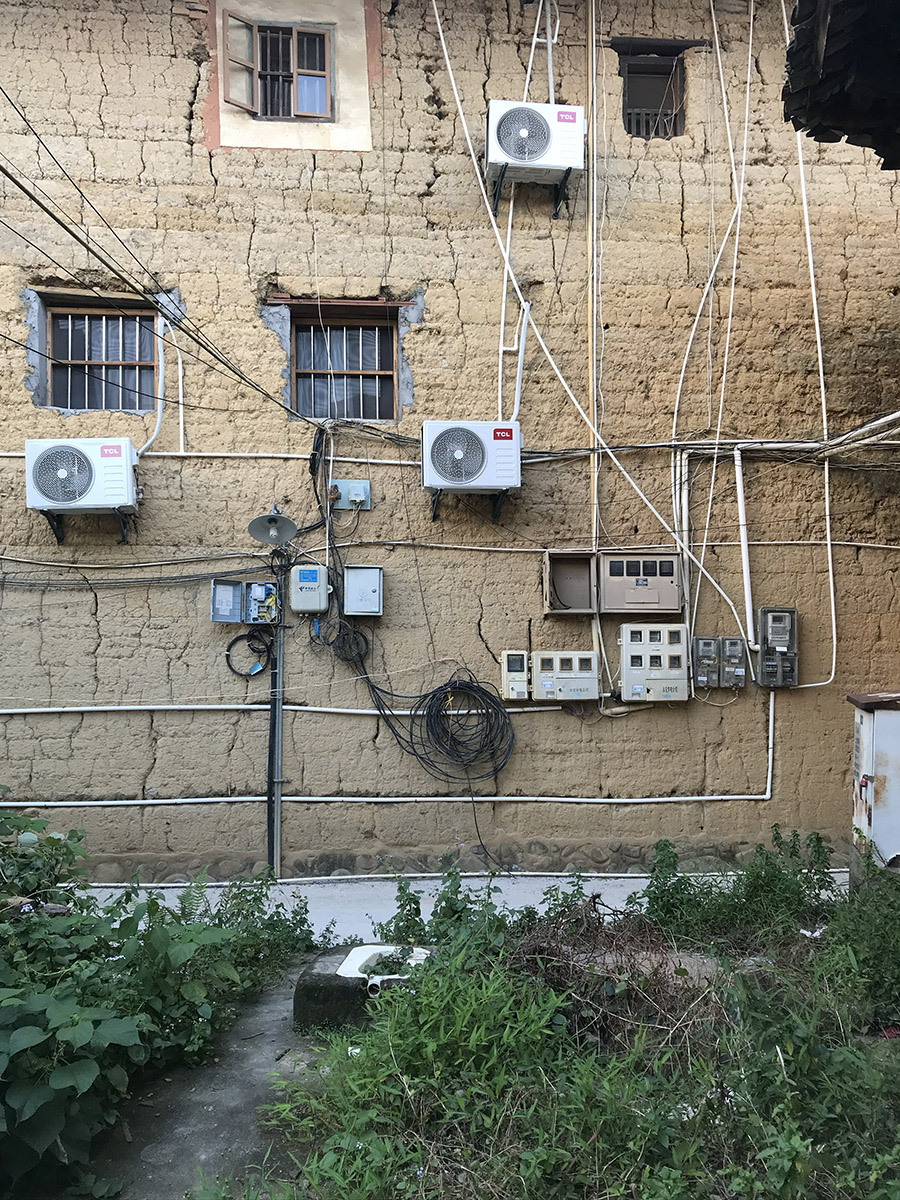
Becoming Circular
Within post-extractivist proximity policies, which cycles can be spatially produced?
Our built environments, trapped in the accelerated dynamics of late capitalism —whether in the form of dense metropolises or endless suburban sprawl— have exhausted their capacity for unlimited growth. Alternative means of production may be explored, replacing the speeds of profit and consumption, by proximity policies more aligned with decarbonisation and post-extractivism. Becoming Circular promotes material circularity, energy flow recirculation, and spatial reprogramming offering a pathway towards a more regenerative and low-carbon built environment. This approach suggests rethinking spatial practice to explore alternative aesthetic imaginaries and methods that integrate, among others, reclaimed components, upcycled waste streams, design for future disassembly, organic and metabolic constructive materials, passive atmospheric strategies, thermodynamic interactions redifining comfort levels, and spatial reprogramming as an alternative to indiscriminate demolition.
